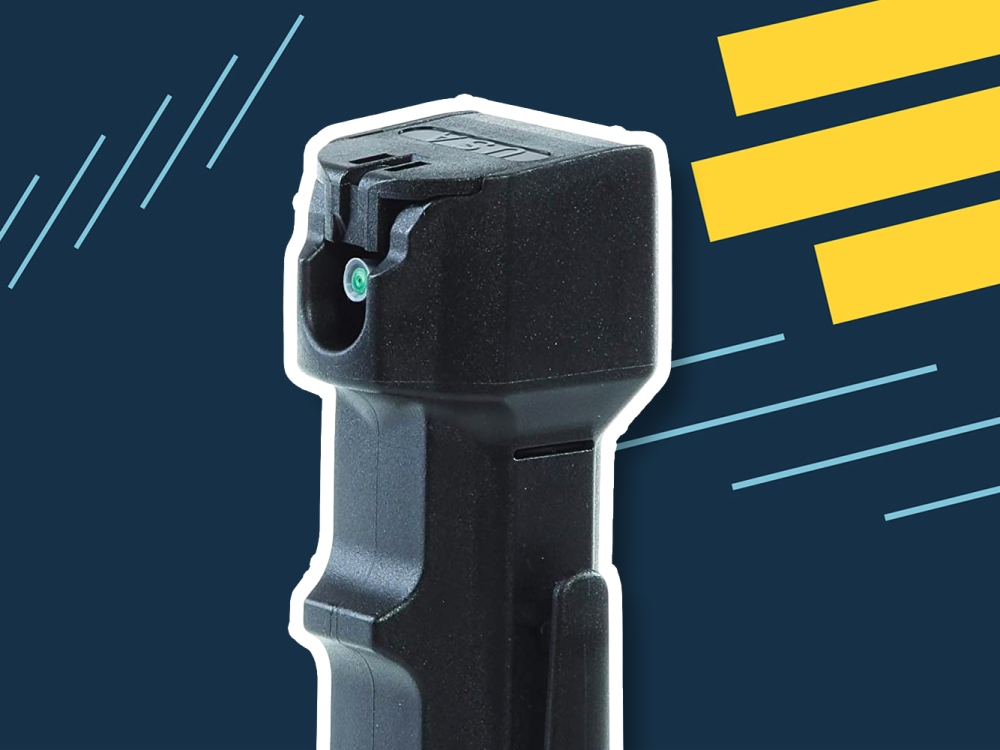
Companies should review their eye protection policies and request distributors to supply PPE with updated markings as the standard for eye protection evolves. They should also take into consideration the updated 2010 and 2015 versions of the ANSI/ISEA Z87.1 standard for eye and face protection.
Safety culture
An organizational safety culture is critical to ensuring that employees are safe and healthy. It helps organizations save money, protect employees, and keeps them out of financial trouble. Employers pay almost $1 billion each week in workers' compensation costs. It is unacceptable to have a high number of injuries in our modern world. Therefore, organizations should create a culture of safety that encourages employees to wear protective gear and follow safety regulations.
A good way to establish a strong safety culture is by holding regular training sessions for employees. This creates a safety culture and shows employees that safety is important.
ANSI Z87.1 is the standard
OSHA is seeking public comments on proposed revisions to OSHA's construction standard for face and eye protection. These revisions will enable companies to comply with the ANSI Z87.1 standards in protective eyewear.

The new 2010 version of ANSI Z87.1 adds new requirements and reorganizes the previous 2003 version. The new requirements address the material, design, and construction of protective eyewear and face shields. The 2010 version of the requirements requires protection to be free of defects. It also includes the drop ball impact testing, which is not model dependent and can be applied worldwide. The flammability test is now replaced by an ignition-based one.
Common hazards
The dangers of working in hazardous environments can lead to serious eye injuries. It does not matter what environment you are working in, it's important to wear proper eye protection. Personal protective devices are used to protect the eyes and faces of workers from injury. They can reduce exposure to an acceptable level. This information will enable you to identify potential hazards in your workplace and make the best choice for eye and face protection.
Occupational health experts agree that about 90% of eye injuries are preventable. In many professions, eye safety and protection are essential. You can protect your employees from injury by choosing the right protective equipment. Protective equipment is different for every job. It's important that you adhere to OSHA standards in order to protect your employees. It is important to consider the safety of employees who work with chemicals.
Requirements
To avoid an accident at work, employees should wear eye protection. The standards for protective eyewear are laid out by the American National Standards Institute, or ANSI. This non-profit organization tests and develops safety equipment guidelines. American National Standards Institute has published Z87.1, a standard that covers safety glasses and other eyewear.
This standard mandates that employees use eye and/or face protection when working with hazardous materials. Employers must ensure that employees in close proximity have proper protection. Employers can provide screens or shields to protect employees from dangerous exposure. But even when these methods do not protect employees, employers must ensure that their employees are wearing eye protection to avoid accidents.

Inadequate protection
OSHA's eye protection standards may not be being met if you work in the manufacturing or construction industry. These regulations require you to protect your eyes from flying debris, molten metal, acids, caustic liquids, and vapors, light, and noise. There are severe penalties for not complying with these regulations. Thankfully, there are many resources available to help you meet your legal obligation.
Eye injuries in the workplace are often caused by inadequate eye protection. Nearly 22,000 Americans sustain avoidable eye injury each day. This is mainly due to workers not wearing protective eyewear, or using the wrong type. Employers should be worried about this as most of these incidents can easily be prevented with the right PPE.
FAQ
Which weapon is best for self-defense?
A sharp knife is the best weapon for self-defense. You may not think you need a knife for self-defense, but if someone tries to attack you, then you'll find yourself wishing you had one.
You don't have to go out and buy a $100 folding knife just because you want to protect yourself. Simple pocketknives will suffice. And you can always add a few extra tools to ensure you're prepared for any situation.
Do stun guns hurt people?
You're not wrong. The stun gun injects a tiny amount of current into the skin.
This doesn't cause permanent damage.
What are some of the benefits of learning martial arts?
Martial arts training can help you acquire skills that you can use in all situations. They help you become stronger and faster. You will also learn how to respond to different attacks.
You will also feel more confident. You will feel more secure and relaxed, which can lead to less stress.
They are also great for your health. Regular exercise has been shown to improve your physical health.
Can I legally own a stungun?
Yes. However, you will need to obtain a permit from your state.
To apply for a permit, you must fill out an application form and pay a fee.
You must keep your permit visible once you have received it (like your wallet).
If your permit is revoked, you will have the opportunity to apply for a new permit.
Statistics
- Kung Fu alone has 400 unique martial art styles – and whilst you likely won't be able to find a school for each form, many other martial arts are completely different altogether. (budodragon.com)
- Most likely, you'll get tapped out by 90% of the people in your first 3-5 months. (mmaclan.com)
- Boxers aren't allowed to fight in a clinch, which is a position that occurs in 80% of the streetfights. (mmaclan.com)
- In a January 2018 survey of 1,000 women nationwide, 81 percent reported experiencing some form of sexual harassment, assault, or both in their lifetime. (healthline.com)
External Links
How To
How to Survive an Invasion at Home
Home invasion is scary, especially for children. We didn't know we would have to go through this ourselves when we started our home security system installation journey. Here's our experience so far.
-
You must not allow your kids to see the attackers. Our children were upstairs sleeping when two men entered our house. We kept them downstairs till the police arrived. Our kids weren't hurt, but they saw enough to traumatize them.
-
Lock Up All Valuables. The safe is located in our bedroom. We keep all valuables locked up. Even if someone attempts to break into your house, they won’t be able access it.
-
Keep an eye on Burglars. We live in an area that is prone to burglaries. We are always on the lookout for suspicious cars and people.
-
Make sure you have a backup plan. Our family will be financially taken care of financially if anything happens. If necessary, we have a plan for leaving the country.
-
Prepare. Prepare for anything. You should always have water and food on hand.
-
Call 911 First. Call 911 immediately if you suspect that someone has broken into the house. It's better to call the authorities than to wait for them to break down your door.
-
Use common sense. You won't allow anyone in who isn't right for you. Do not invite strangers.
-
Seek out help from neighbors and other people in the local area. If you feel uneasy, call friends or neighbors. They can watch your back, while you call the police.
-
Keep Calm and Do What Police Officers Tell You To. Be calm and do what officers tell you to. Don't run away or resist arrest.
-
Take Pictures Of Any Evidence. Photograph all evidence you find during the investigation. This includes fingerprints, blood samples, and other items.
-
Local Law Enforcement Should Be contacted. Report to law enforcement, even if there was no injury. It may help you avoid future criminal acts.
-
Call the Insurance Company immediately. Get in touch with your insurance company immediately. Inform your insurance company about the events and request an adjuster to visit to assess the damage.
-
Your personal belongings should be removed. Be sure to get rid of personal belongings before you leave. You can take off any expensive jewelry and store it somewhere safe.
-
You must take good care of yourself. Make sure you clean up after yourself. Throw away the trash, sweep up broken glass, and make sure all doors and windows are locked.
-
Do not talk about what happened. It is not a good idea to talk about the events that happened to you. It is possible that someone might use the information against you.